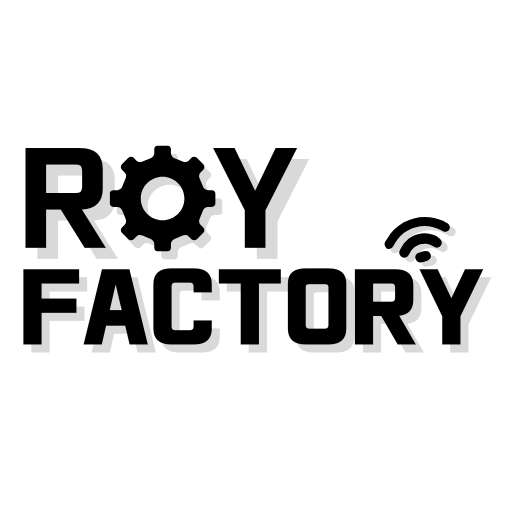Reinforcement Learning for Beginners: Build Your First AI Agent with OpenAI Gym
- Reinforcement Learning for Beginners: Build Your First AI Agent with OpenAI Gym
Reinforcement Learning for Beginners: Build Your First AI Agent with OpenAI Gym
Reinforcement Learning (RL) might sound like an advanced topic reserved for researchers and PhDs — but the truth is, you can start today, even as a beginner.
This guide will walk you through RL in the simplest terms, using the powerful and easy-to-use OpenAI Gym framework. With just a bit of Python knowledge, you’ll build your first AI agent that interacts with an environment, makes decisions, and learns from rewards — just like a human learning to ride a bike.
1. What Is Reinforcement Learning?
Reinforcement Learning is a machine learning paradigm where an agent learns by interacting with an environment, taking actions, and receiving rewards based on the outcome.
Think of it as a video game AI that plays the game over and over again, gradually getting better by learning which moves work and which don’t.
Real-World Analogy
Imagine a child learning to ride a bicycle:
- If they fall, it’s a negative experience (negative reward).
- If they ride smoothly, it’s fun and praised (positive reward).
Over time, they learn to balance and steer — not because someone told them every step, but because they learned through trial and error.
This is the core idea of RL.
Key Terms
| Term | Description |
|---|---|
| Agent | The learner or decision maker (e.g., your AI) |
| Environment | The world the agent interacts with (e.g., a game or simulation) |
| State | A snapshot of the current situation |
| Action | A possible move the agent can take |
| Reward | A score given for the action taken |
| Policy | A strategy for choosing actions |
2. What Is OpenAI Gym?
OpenAI Gym is an open-source Python library that provides a diverse set of RL environments — from simple 2D simulations to full Atari games. It standardizes how agents and environments communicate, making it easy to experiment with RL concepts.
Why Use Gym?
- Minimal setup, fast results
- Lots of built-in environments
- Beginner-friendly and community-supported
- Integrates easily with deep learning frameworks like PyTorch or TensorFlow
Installation
pip install gym
Some environments require additional packages like pygame:
pip install pygame
3. Let’s Play: CartPole Environment
One of the most popular beginner environments in OpenAI Gym is CartPole-v1.
Objective:
Balance a pole on a moving cart by sliding the cart left or right. The longer the pole stays upright, the higher the reward.
This simple problem is deceptively powerful for understanding the basics of RL.
Visualization
|
||| ← Pole
=== ← Cart
----------
Code Walkthrough
import gym
# Initialize the environment
env = gym.make("CartPole-v1")
obs = env.reset()
# Run for 1000 steps
for _ in range(1000):
env.render() # Show simulation window
action = env.action_space.sample() # Take a random action (left or right)
obs, reward, done, info = env.step(action)
if done:
obs = env.reset()
env.close()
What’s Happening Here?
env.reset(): Start the simulationenv.step(action): Perform an action and get a new stateenv.render(): Display the environment visuallydone: BecomesTruewhen the pole falls
This basic agent does random actions, so it’s not very smart. But it’s the foundation for everything else.
4. How Does Reinforcement Learning Work?
The agent goes through a cycle:
- Observe the state of the environment
- Act based on its policy (currently random)
- Receive reward for the action taken
- Update its knowledge or policy
- Repeat
Over many episodes, the agent begins to understand which actions yield more rewards — and that’s how it learns.
This process mimics how humans and animals learn through experience.
5. Making the Agent Smarter
Right now, our agent is just guessing. To make it smarter, we introduce learning algorithms.
What’s Next?
Some common algorithms to train agents:
- Q-Learning: Uses a table to learn the best action for each state
- Deep Q-Network (DQN): Uses neural networks to approximate Q-values
- PPO, A2C, SAC: More advanced algorithms with better performance
In upcoming tutorials, we’ll explore how to implement Q-Learning and DQN for CartPole so the agent learns to balance like a pro.
6. Why Beginners Should Start with OpenAI Gym
| Reason | Explanation |
|---|---|
| Simple Setup | One-liner to start any environment |
| Rich Environments | Games, robotics, physics simulators |
| Visual Feedback | Easily see what your agent is doing |
| Large Community | Tons of tutorials, GitHub repos, and help |
| Scalable for Experts Too | Same Gym interface used in research papers |
Gym makes learning RL hands-on and visual — perfect for understanding the core concepts.
7. Summary
Let’s recap what we covered:
- Reinforcement Learning is learning by doing — driven by rewards.
- OpenAI Gym provides ready-to-use environments for testing RL algorithms.
- We built a basic CartPole agent using random actions.
- The next step is replacing random behavior with intelligent learning using Q-Learning or DQN.
8. What’s Next?
Ready to take the next step?
Stay tuned for the next post:
- “Understanding Q-Learning: The First Real RL Algorithm”
- “Solving CartPole with Deep Q-Networks (DQN)”
- “Exploration vs. Exploitation: How AI Makes Decisions”
If you’re new to AI or just exploring reinforcement learning, this is a great place to begin. With just Python and OpenAI Gym, you can start building intelligent systems that learn by interacting with their environment — just like us.
Let your AI agent take its first steps today.
